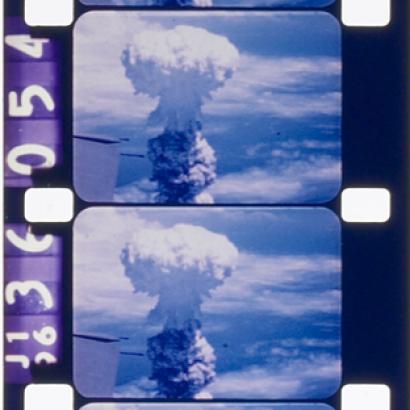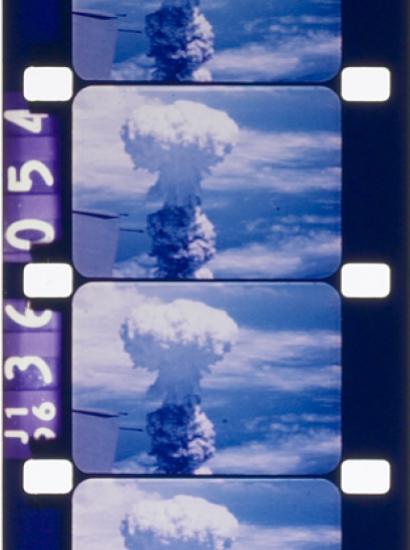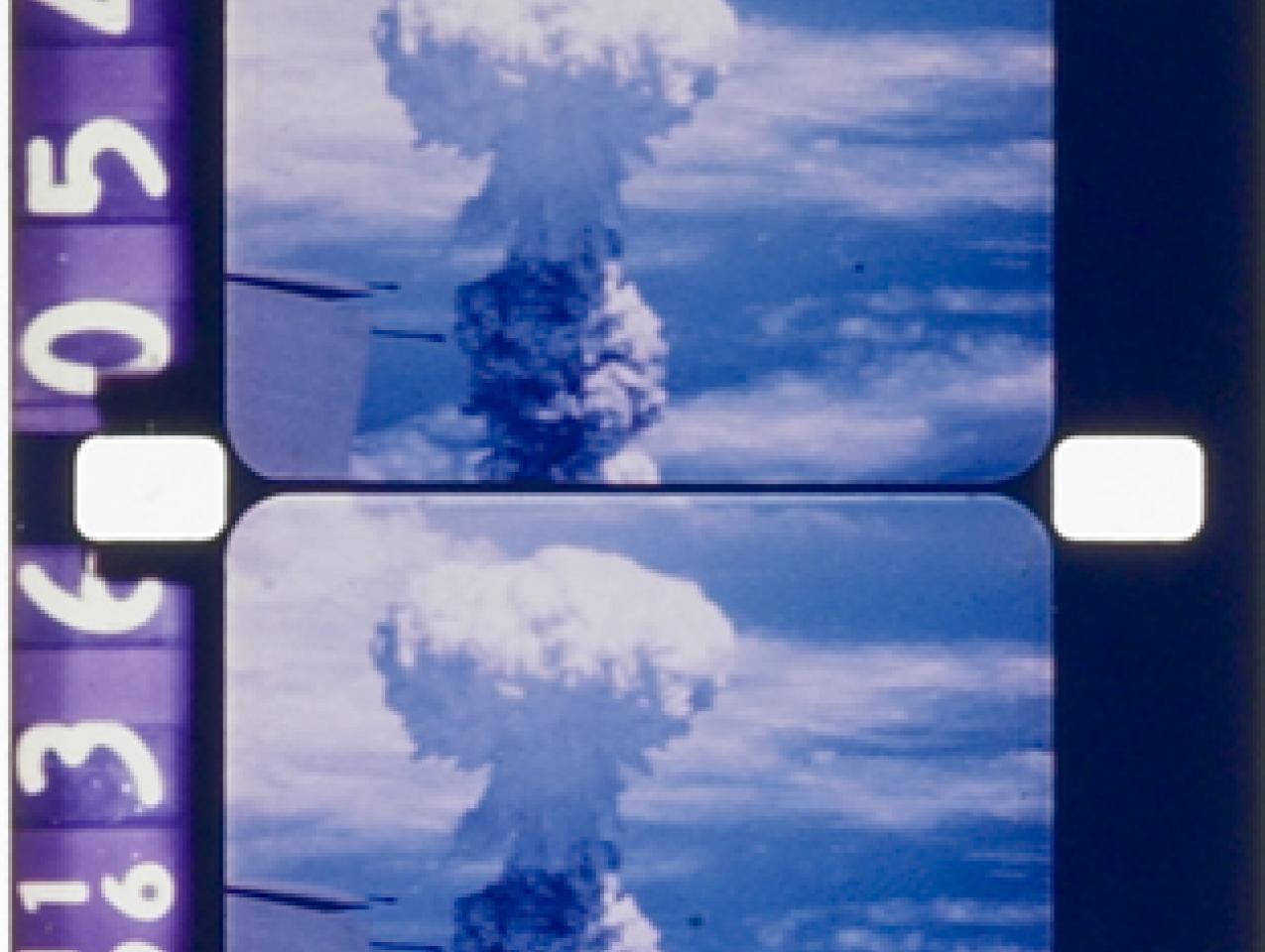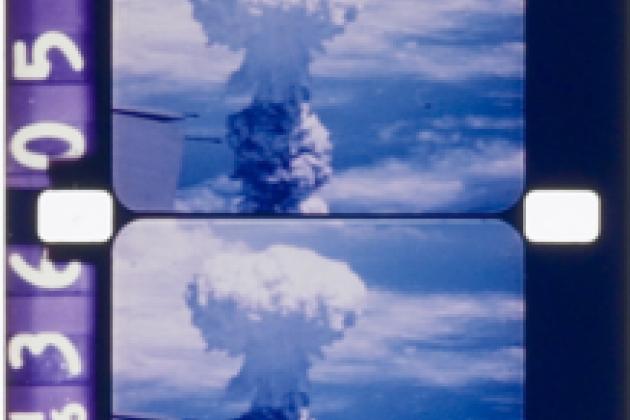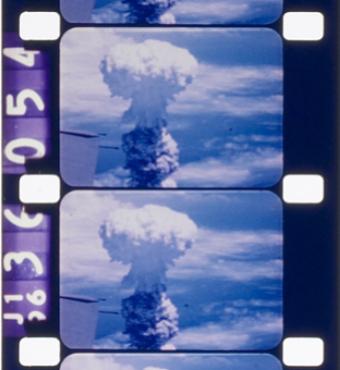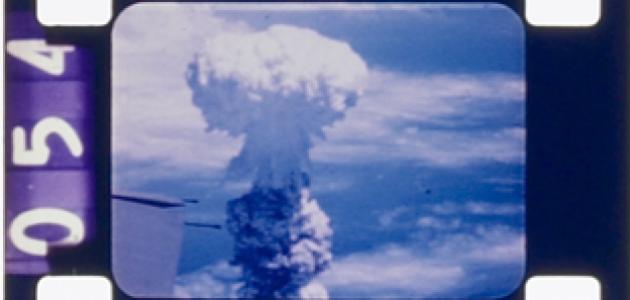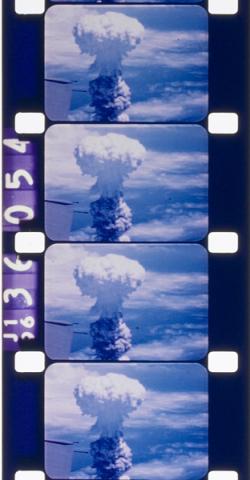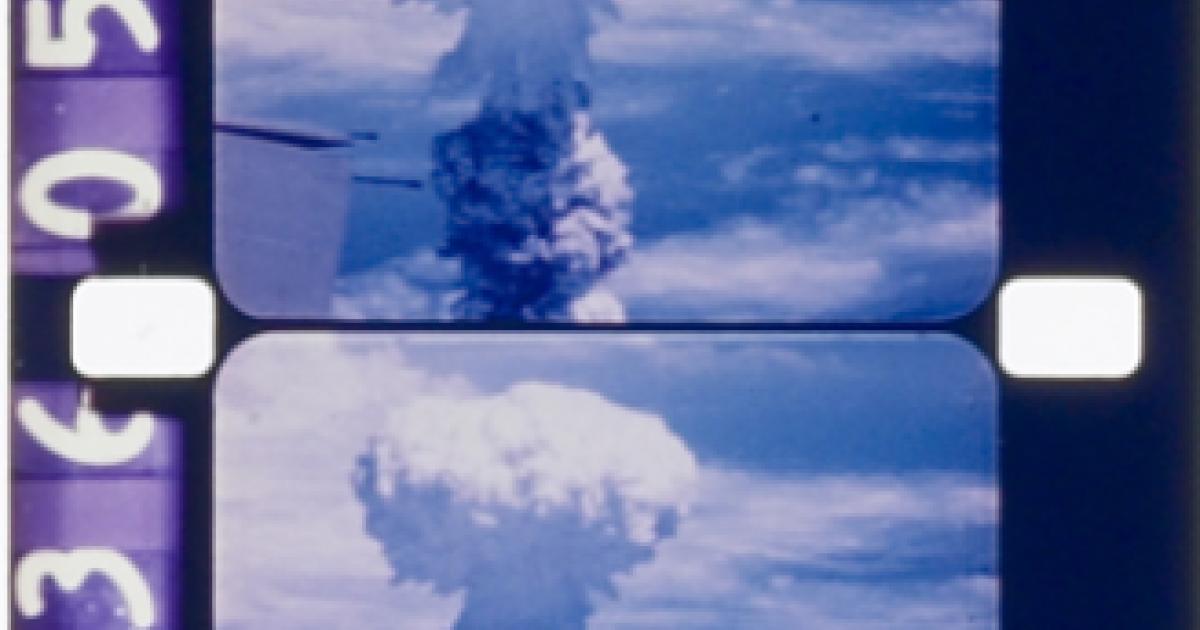- History
- Military
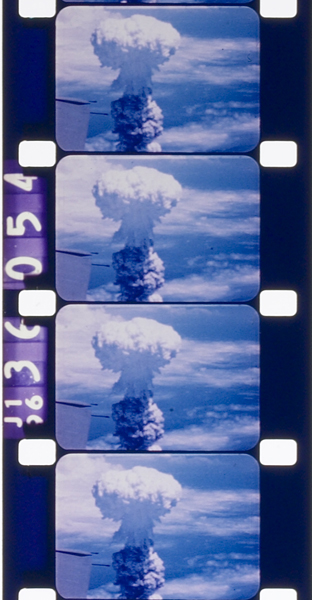
I.
The question “Should more of our European or Pacific democratic allies possess nuclear weapons?” harbors two unspoken ones. First, why do nations go nuclear? Second, will America’s allies do so if U.S. security guarantees wane in this era of retraction and disarmament? A quick history of the nuclear age reveals many mixed motives and only a tenuous relationship between great-power assurances and client-power abstinence.
Why do nations reach for the Bomb? The best explanation is “competitive proliferation.” The U.S. launched the Manhattan Project to pre-empt Nazi Germany. The Soviet Union went nuclear because the U.S. had done so. France and Britain wanted their own deterrents against the U.S.S.R. China explicitly invoked the “superpowers’ monopoly on nuclear weapons” to justify its own acquisition.
After the First Five, the story becomes more complicated. India was surely eying Beijing’s Bomb when it exploded a nuclear device in 1974. But the main purpose was to offset the conventional superiority of the giant next door, who had taught India a bloody lesson in the 1962 border war. Another target was India’s archrival Pakistan, with whom it had fought three wars since 1947. A national deterrent might instill some rationality in a not-so-rational state. For Pakistan, a nuclear power since 1998, the Bomb also had more than one purpose. It created a balance of terror vis-à-vis New Delhi, equalized a vast imbalance of conventional power, and boosted Pakistan’s international standing.
The Bomb-as-great-equalizer was also the main reason for Israel’s program. As last resort, nuclear weapons would neutralize the massive numerical superiority of its Arab foes, which were being fed by a steady stream of Soviet arms since the 1950s. How does “extended deterrence,” or the credibility of great-power guarantees, fit into this tangled web?
When Israel launched its program in the mid-Fifties, it had no great-power protector; so for a nation of 3 million facing 200 million Arabs sworn to its annihilation, the nuclear option was a no-brainer once France had provided the technological underpinning. Saddam’s Iraq, on the other hand, was a Soviet ally in all but name—the beneficiary of Soviet instructors and arms. And yet, Saddam chose the nuclear road, which was rudely blocked by the Israeli Air Force when it bombed the Osirak reactor in 1981. His target, by the way, was not Israel, but Iran.
Next door, Mohammad Reza Pahlavi’s Iran was sheltered by America’s strategic umbrella, and yet it was this good friend of the West who first set foot on the nuclear road by buying four German reactors in 1975. The goal was a complete fuel cycle, hence a weapons option as a by-product, never mind Iran’s American protector. The main thrust was directed against Tehran’s Arab rivals, above all, Iraq. In addition, nuclear weapons offered a nice shortcut to regional primacy, a logic that animates the Islamic Republic as well. Today, it consists of the 3 D’s: dominate the Arab states; deter (or destroy) Israel; devalue the conventional might of the United States in the Greater Middle East.
The historical record is one of complex motives. The First Five practiced competitive proliferation. Israel, India, and Pakistan went “asymmetric proliferation” to equalize the conventional edge held by their neighbors. Iran and Iraq, though allied to superpowers, eyed regional status and each other. In short, there does not seem to be a significant relationship between “extended deterrence” and nuclear abstinence. France and Britain went nuclear although they enjoyed 24-carat guarantees by the U.S. They acquired the Bomb as a shiny badge of great-power status that nuclear weapons were thought to confer.
In the case of Iran and Iraq, other interests—regional rivalries, exalted status—proved stronger than alliance with the U.S., respectively the U.S.S.R. Ditto for an American client like Pakistan; its regional fears and ambitions counted for more than America’s commitment to its security against India. To extend this line of reasoning: China has always been an implicit ally of North Korea, and yet Pyongyang reached for the Bomb in order to intimidate Japan and South Korea and to extract material benefits from nuclear blackmail.
II.
The strongest relationship between guarantees and non-proliferation seems to reign in the German, Japanese, and South Korean cases. For decades, all three have had the technology and the resources to go nuclear in short order. West Germany even played with a nuclear (plutonium) option in the 1960s by acquiring key components such as reprocessing and a “fast (plutonium) breeder.” These as well as fuel-element fabrication have since been abandoned, and the country’s power plants are slated for extinction in 2022. This is de-proliferation to the max.
This trio stands out as special case. The security guarantees extended to them have been the strongest in the annals of inter-state politics. In the past, alliance commitments were often not worth the paper they were written on; clients were abandoned at the first reversal of fortunes. But in the case of the Trio, the guarantees were signed in flesh and blood, so to speak: with massive U.S. deployments on their soil, flanked by tactical and, in the German case, intermediate-range nuclear weapons. These emplacements signaled 24/7: If you attack our ally, you attack the United States. This was known as the “tripwire strategy” that would entangle the U.S. ab initio.
So there was very little ambiguity about the U.S. commitment. After the demise of the Soviet Union in 1991 and the withdrawal of all Russian forces from Central and Eastern Europe in 1994, the issue did not come up during twenty years of Russia’s decline. At present, the issue is slowly moving forward because Putin’s Russia is on an expansionist course while Obama’s America is abandoning its classic role as “security lender of the last resort” in favor of retraction and disarmament. In Europe, the U.S. military presence is down to one-tenth of its peak of 300,000.
Realist theory would predict that Germany as Europe’s no. 1 would now start to rethink its anti-nuclear stance. Yet nothing could be farther from reality. Germany’s total denuclearization is so ingrained in the culture that this particular dog won’t even yawn, let alone bark in the night. The country that once thrust its armies to the gates of Moscow and Cairo is now down to a force of 180,000—down from a combined East and West German total of 675,000. Its defense spending has dropped from 3 to 1.4 percent of GDP. Still, the most critical point is a nuclear allergy without parallel in the rest of the West. No nukes in Germany’s future.
The angst is flanked by good strategic reasons. Germany and Europe do not see a strategic threat in Russia rediviva; for them, the threat is refugees and illegal immigrants, who cannot be battled with tanks, let alone nuclear weapons. The scene in Asia is different. Here, China’s neighbors are confronted with an expansive grand strategy coupled to rearmament growing at double-digit rates. The East Asians see a China that is probing America’s positions in the Western Pacific and an Obama administration that is vacillating between two fratricidal roles. One is to reassert, but rather meekly, America’s alliance commitments. The other is to play the referee in the various territorial spats between China on one side and Hanoi, Tokyo, and Manila on the other.
Given Obama’s uncertain trumpet and his “come home, America,” the Asian allies are recalculating their interests. Japan, above all, is shifting from decades of pacifism to rearmament and assertiveness. South Korea, on the other hand, is still waiting it out on the sidelines. Its formidable arms are not configured for power projection in the Western Pacific.
With a view to East Asia, Realist theory would insist: Surely the growing imbalance of power in East Asia will feed the nuclear impetus. Yet it is still all but impossible to see how Realist logic would segue into a real-life weapons program.
First, even while Japan is slowly emerging from its cocoon of constitutionally mandated pacifism, the country’s nuclear allergy has not subsided—and for more rational reasons than German nuclear angst. After all, Japan was the victim of history’s first nuclear war.
Second, Japan still has to live down its old imperialist past. This legacy continues to fester because the country has not really tried for reconciliation with its former victims. Going nuclear might raise these resentments exponentially, weakening rather than strengthening Tokyo’s role as a leader of anti-Chinese containment.
Finally, it may be too late. A Tokyo that no longer felt safe under America’s umbrella, may simply be self-deterred in view of a Chinese giant who might—just might—pre-empt Japan’s nuclearization with a conventional or even nuclear attack. South Korea is a more ambiguous case. On the one hand, Seoul practices a policy of propitiation toward Russia, China, and occasionally North Korea. On the other hand, its North Korean foe is a standing invitation to competitive proliferation. Seoul’s refusal to heed American pressure to abandon pyro reprocessing might be a straw in the wind that blows in a nuclear direction.
Seoul insists that pyro reprocessing is for fuel-waste disposal only. Alas, reprocessing is also the way to a plutonium bomb, which is why the U.S. is so adamant. So Seoul might well want to preserve a nuclear option for plausible grand-strategic reasons. Precisely because cutting deals with Moscow and Beijing could alienate Washington while emboldening Pyongyang, a national deterrent might offer the perfect antidote. It would endow the country with an irreducible measure of existential security, hence the freedom to deal, wheel, and maneuver.
III.
Does retraction cause nuclearization? The evidence remains ambiguous. Other things being equal, America’s withdrawal phase will not trigger new nukes. But “other things” stay rarely equal in the life of nations. So this sanguine bet will change if things don’t remain the same: if Russia and China double down on their expansionism, if the U.S. continues to add irresolution to withdrawal, if stylized conflicts in East Asia and Eastern Europe escalate into the real thing.
This downside scenario contains a moral for U.S. grand strategy. Perhaps retraction has little effect on proliferation. But it will have big effects on America’s position in the world and on stability in the two crisis theaters on Russia’s and China’s periphery. Like nature, international politics abhors a vacuum. And if it persists long enough, even the most peace-minded allies might get off the anti-nuclear wagon in order to recalculate the costs and benefits of abstentionism.








